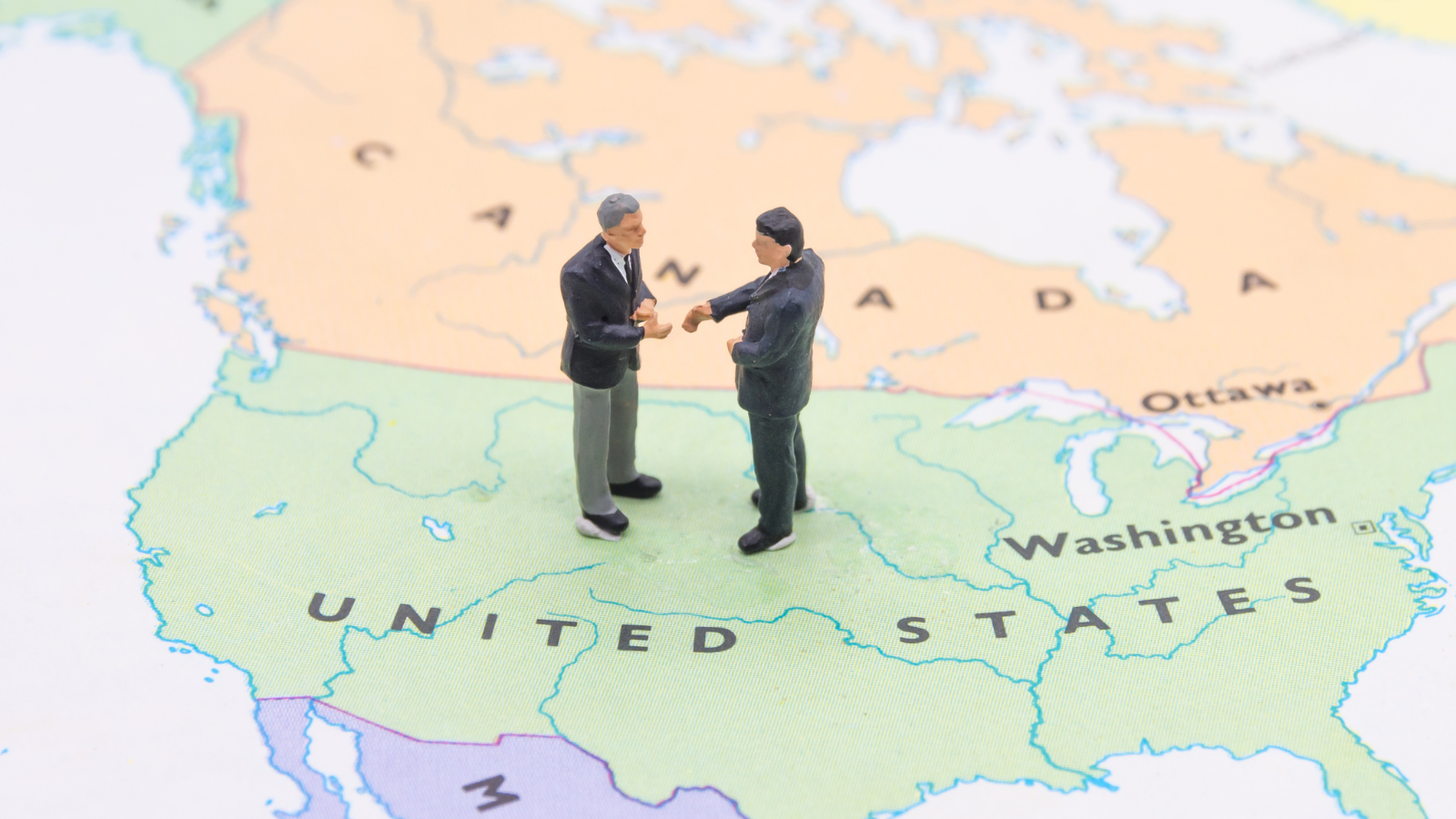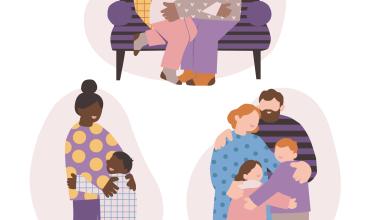The Safe Third Country Agreement between Canada and the United States (US) is part of the U.S.–Canada Smart Border Action Plan about who is allowed to cross the US-Canada border to seek protection.
Signed in December 2002 and implemented in December 2004, the STCA expanded through an Additional Protocol on March 25, 2023.
Under the Agreement, refugee claimants must make a claim in the first of the two countries they arrive in (Canada or the US) unless they qualify for an exception.
Refugees are people who flee their countries because of a well-founded fear of persecution. Once refugees arrive in another country and seek protection, international law protects them from being sent back to face serious threats.
Not all refugee claims are successful. Some refugee claimants may not meet the legal definition of a refugee. In other cases, there are errors or unfairness in a country's assessment of the refugee claim. For a variety of reasons, some people pass through several countries and apply for protection in more than one.
*Note: In Canada we refer to people seeking protection as "refugee claimants." In the U.S., they are called "asylum seekers."
What is a Safe Third Country?
A safe third country is a country, other than Canada and the country where a person fears persecution, where an individual may make a claim for refugee protection. The US is the only country designated as a safe third country by Canada under the Immigration and Refugee Protection Act (IRPA).
The STCA does not apply to US citizens or habitual residents of the US who are not citizens of any country (stateless persons).
Beginning in 2017, more refugee claimants began crossing the border into Canada through unofficial border points, such as Roxham Road in Quebec, avoiding the application of the STCA and allowing them to make an inland refugee claim.
However, because of the expansion of the STCA, most people coming to Canada from the US (either at a formal port of entry or at any point in between) cannot make a refugee claim in Canada. People will only be allowed to enter Canada if they qualify for one of the exceptions to the agreement.
Where does the STCA apply?
The STCA applies to refugee claimants seeking to enter Canada from the US:
- at Canada-US land border crossings
- after crossing between ports of entry and making a claim for refugee protection less than 14 days after the day of entry into Canada
- by train, or
- at airports, only if the person seeking refugee protection in Canada has been refused refugee status in the US and is in transit through Canada after being deported from the US
Exceptions to the Agreement
There are four main exceptions:
- Family member exceptions
- Unaccompanied minors exception
- Document holder exceptions
- Public interest exceptions
Even if they qualify for one of these exceptions, refugee claimants must still meet all other eligibility criteria (reasons of security, violation of human or international rights, or serious criminality) of Canada’s immigration legislation.
Note: recognized family members:
- spouse or same-sex spouse
- common-law partner
- father or mother or legal guardian
- child or grandchild
- sister or brother
- grandfather or grandmother
- uncle or aunt
- nephew or niece
- cousins are not eligible to be anchor relatives.
What does the STCA do?
The key point of the STCA is that it prevents people from making a refugee claim in Canada if they enter an official land border crossing with the US and anywhere in between. The idea is that refugee claimants should seek protection in the first safe country they reach.
Because some people might not consider the US as a safe country, and because the procedures for assessing refugee claims differ, the legality of the STCA is in question.
People who have entered Canada (at any place along the border) and do NOT qualify for an exception under the STCA will receive an exclusion order from Canada and be returned to the US the same day. Canadian authorities will notify US authorities at the US port of entry.
People will be banned from re-entering Canada for one year and will NEVER be allowed to make another refugee claim in Canada. They will have 15 days to request a Judicial Review of this decision from the Federal Court of Canada.
What would suspending the STCA do?
Some organizations, such as the Canadian Council for Refugees, Refugee 613 and Bridges Not Borders, are calling for the suspension of the STCA so that Canada would evaluate refugee claims independently of US decisions.
Suspending the STCA would mean people looking to maje refugee claims at official land ports of entry and anywhere along the border between Canada and the US could make their claims in Canada.
Presented in partnership with the Canada-US Border Rights Clinic


